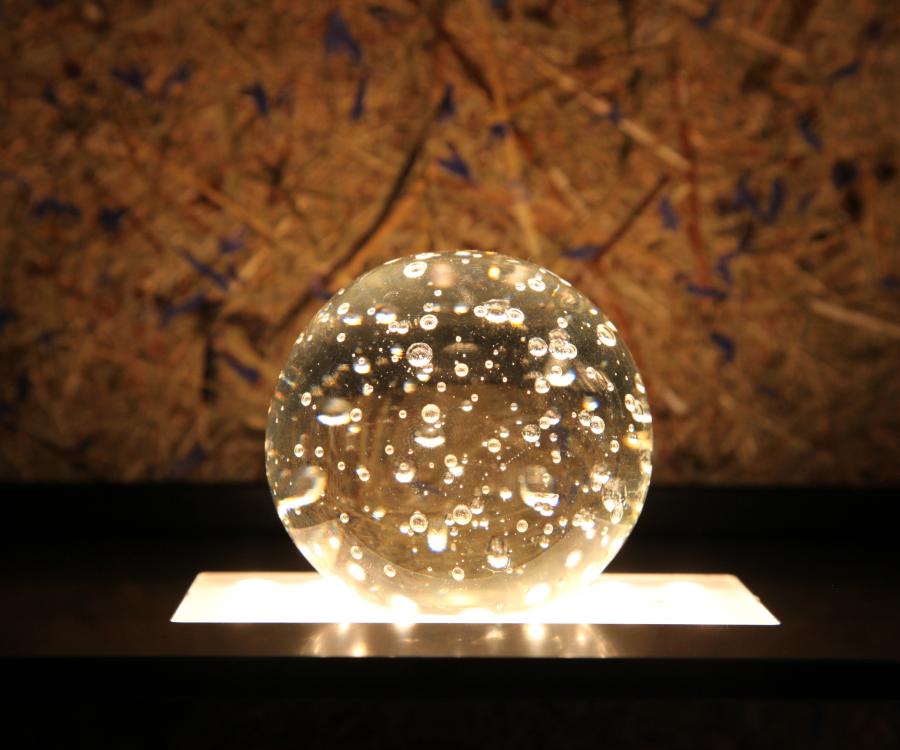By now, “light-emitting diodes“, or LEDs, are well-known in the lighting market. Next to halogen, luminescent and other electric discharge lamps, they are among the many lighting options available on the market.
At first, the skepticism towards the tiny lighting miracles was great: they were deemed too expensive, too bright and too unnatural.
But do these prejudices and reservations still have any merit today?
Lighting designers say no and retailers agree. According to an EHI study, in 2015, nearly half of all retailers fully furnished their stores with LED lighting when they newly built or renovated facilities.
LED lighting will continue to be the primary investment focus in the future. For obvious reasons: lighting in food retailing makes up more than 25 percent of the total power consumption; in non-food retail, it even accounts for nearly 60 percent (EHI 2016). So if you want to cut costs, you need to increase your lighting efficiency.

But what makes LEDs so different from other lighting options?
Lighting options can be compared based on properties such as light output, color temperature, and color rendering index. The light output equates to the efficiency of a lamp and is the ratio of light output (lumen) to total power input (Watt). The color temperature describes the light appearance and ranges from warm-white to neutral white all the way to cool white or daylight white. The color temperature determines the impression of the lighting of the room. Warm-white light creates a cozy ambiance; neutral white produces a businesslike vibe. The color rendering index indicates the naturalness of the colors rendered by lighting; the higher the index, the more the color rendering of artificial light corresponds to the color rendering in daylight. In retail, the naturalness of colors is often especially important.
In a comparison of lighting options, LED light takes the lead when it comes to efficacy and thus efficiency. Depending on the format, it can reach up to 140 lumens per watt. This sets LED lights apart from light sources putting out 100 lumens per watt. The difference is even greater when it comes to halogen lamps that only achieve just under 20 percent of the light output of LEDs.

Another advantage of LED lighting is its long life, averaging 50,000 hours based on manufacturer specifications. That’s why these lights have to be exchanged less frequently which saves maintenance as well as acquisition costs.
Apart from efficiency advantages, LEDs also facilitate flexible color concepts. Since they naturally give off colored light, virtually any color and a wide spectrum of white hues are possible by using a mixture of colors. Any effects and scenarios can be generated and products showcased by using electronic control gear and dynamic alternating systems. The originally still poorer color rendering of LED lighting is now able to keep up with fluorescent lamps and the like.
Unlike conventional light sources, LED lighting does not contain infrared or ultraviolet components. These properties are invaluable for sensitive products such as foods or textiles, so they stay fresh or maintain their colors longer and don’t fade.
Efficient LEDs – how can I get them for my store?
The user generally can choose between two available options:
With the first option, you keep the original lamp holders and only replace the light source with so-called “retrofit LED modules“. Before the switch, you should check with the lighting manufacturer whether the lamps are still approved for use with other light sources. This option is only recommended up to a light output of 30 watts; otherwise, the necessary cooling of the LED is not guaranteed with an existing lamp, which negatively impacts life expectancy.
The second option requires the replacement of the existing lighting with combined LED modules that combine the light source and lamp. These modules are available in all performance specifications, are optimally aligned and therefore more durable.
Both systems have pros and cons and should be individually discussed with a lighting designer. The combination of conventional lamps with LED can also be a cost-effective solution. Whether switching your existing lighting to LED makes financial sense depends on the type and state of the existing equipment, the utilization, and the maintenance requirements. The poorer the luminous efficacy of the existing lights, the shorter the amortization periods. Making the switch to LED lighting reduces electricity costs between 10 to 50 percent.







